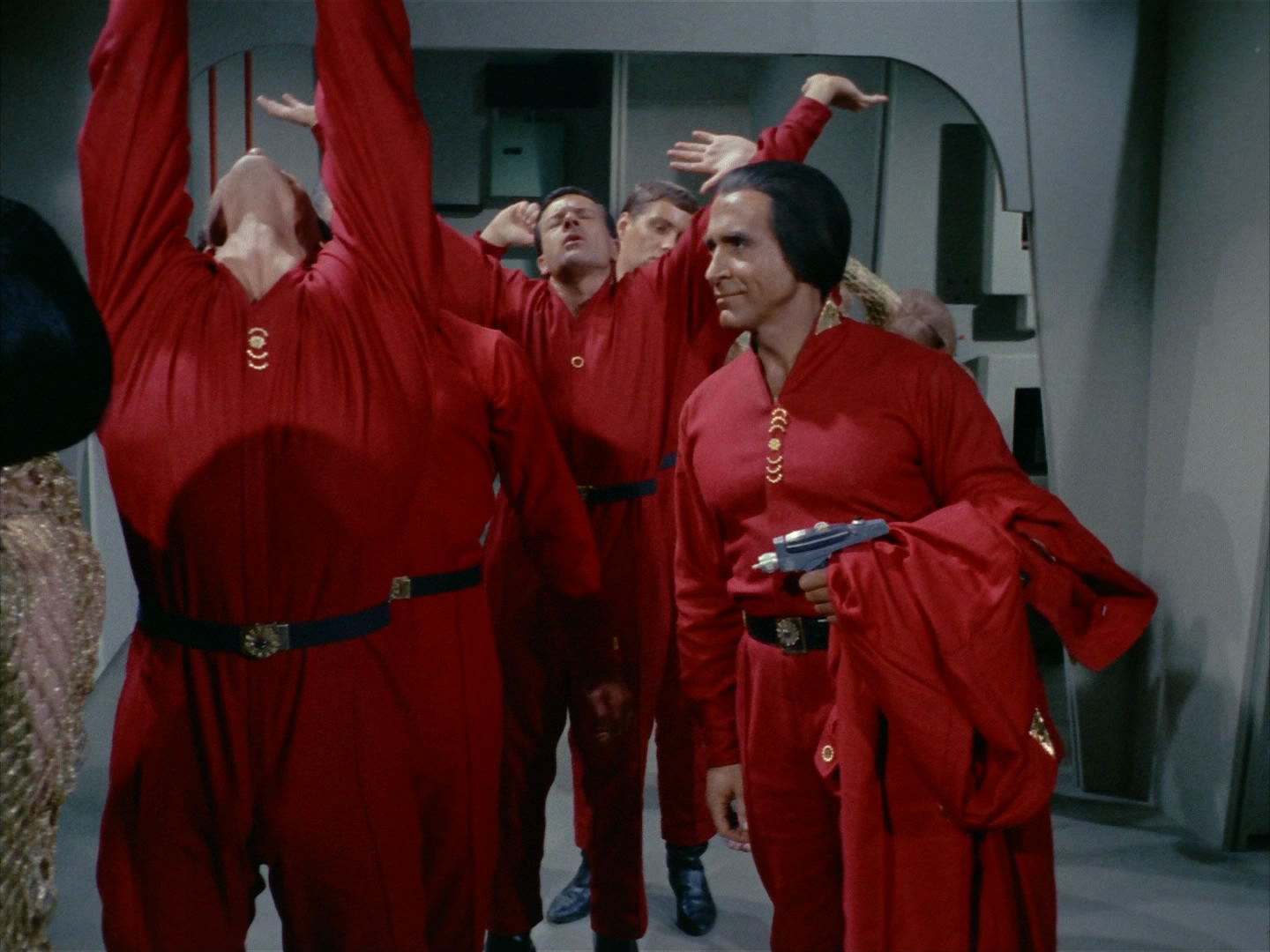I maintain that if the producers of Star Trek Into Darkness truly wanted to recycle an adversary from the original series, they should have gone with the Doomsday Machine. Not only would the thing have been VFX gold, but it would have helped them avoid what’s become one of the most common traps in the franchise.
Most of the Star Trek movies that came after Star Trek II: The Wrath of Khan tried to replicate its success. It’s not hard to see why, since TWOK is arguably the best movie in the franchise. (The Undiscovered Country is my personal favorite, but whichever.) What’s frustrating is that none of the people who’ve tried to replicate it over the years have demonstrated a clear understanding of why it was so good in the first place.
The producers of Star Trek Into Darkness deliberately avoided using a colon in the movie’s title in order to distinguish it from the rest of franchise, and had the good sense to avoid calling it Star Trek 2. The fact that they ended up using the most jejune option possible (besides, I guess, Star Trek Again) seems to have been a lesser concern.
Which is more or less how they approached the plot. The first half of the movie manages to take the crew in an interesting and unique direction for the franchise, despite its nonsensical worldbuilding and robotic emulation of the hero’s journey. All that potential gets tossed aside at about the film’s midpoint, though, when the writers apparently realized they needed to hamhandedly jam in a bunch of Star Trek II references, and so far they’d only managed Carol Marcus.
Which is a perfect example of what’s holding back the rebooted franchise. The story begins with an interesting original premise, but throws it all away to bring back a classic villain, and despite the premise that anything can happen in the new timeline, the movie ties itself in knots making sure that nothing drastic has changed.
The same problem was evident in the 2009 Star Trek. By the film’s own logic, it should have ended with Spock as captain of the Enterprise and Kirk as first officer, but nobody even considers doing that because it’s not what happened in the original series. Into Darkness takes the same problem and makes it twice as bad. Kirk gets demoted and Spock is transferred off the ship. Scotty resigns and Chekov becomes chief engineer. Kirk dies. Yet by the end of the movie, everything is back to normal.
What’s most depressing is that Star Trek II was a great film because it did the exact opposite. Its story was about coping with age and the inevitability of change, from Kirk shepherding a crew of young cadets to connecting with the son he didn’t know he had to facing an enemy created from his own decisions, to losing Spock as part of his ultimate no-win scenario.
Even Star Trek III, the less successful film whose whole premise was around bringing Spock back from the dead, recognized that there had to be a price. Kirk might manage to save Spock, but along the way he loses his rank, his ship, and his son.
Into Darkness purports to be about Kirk coming to terms with the responsibilities of command, but very time he’s faced with making a tough decision, someone bails him out at the last second. The story ultimately goes nowhere, leaving a film that’s visually impressive but with what’s probably the franchise’s emptiest story to date.
The Star Trek team went to ridiculous lengths to disguise the fact that Khan was even in the movie. Not only did that kind of defeated the purpose of using the franchise’s most well-known villain, but if you’re going to put such an emphasis on secrecy, you might also put some work into making a movie that isn’t so transparently predictable anyway.
